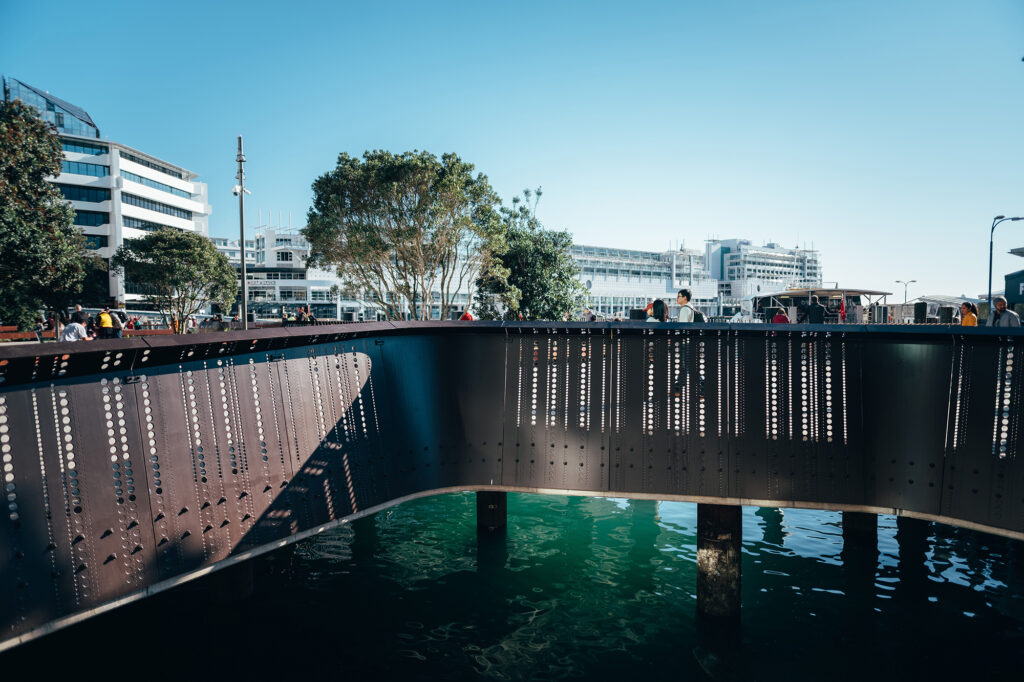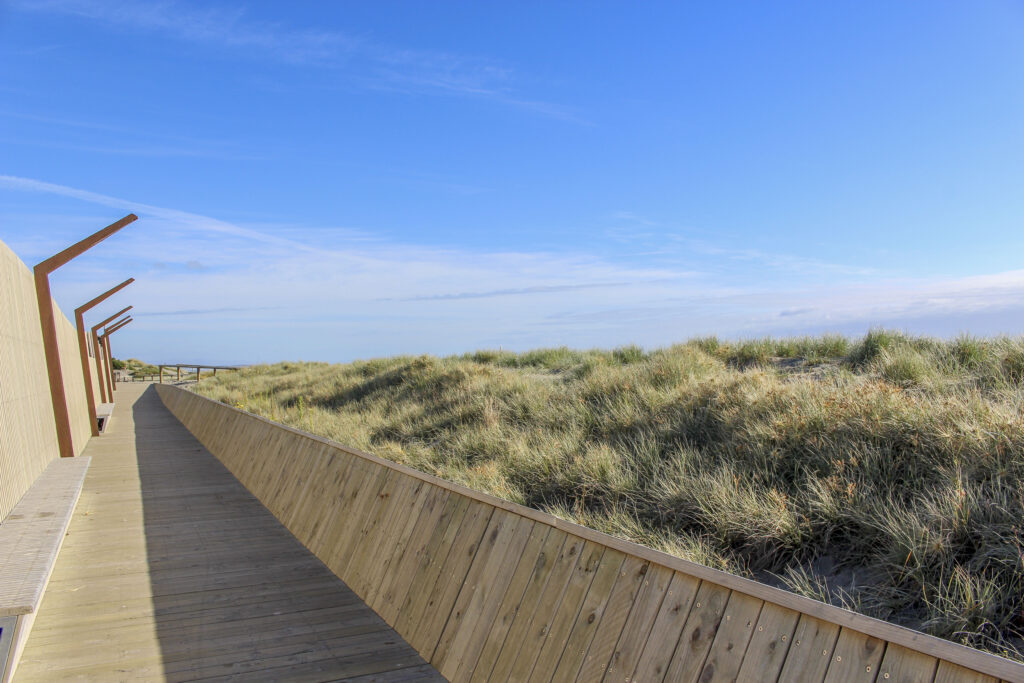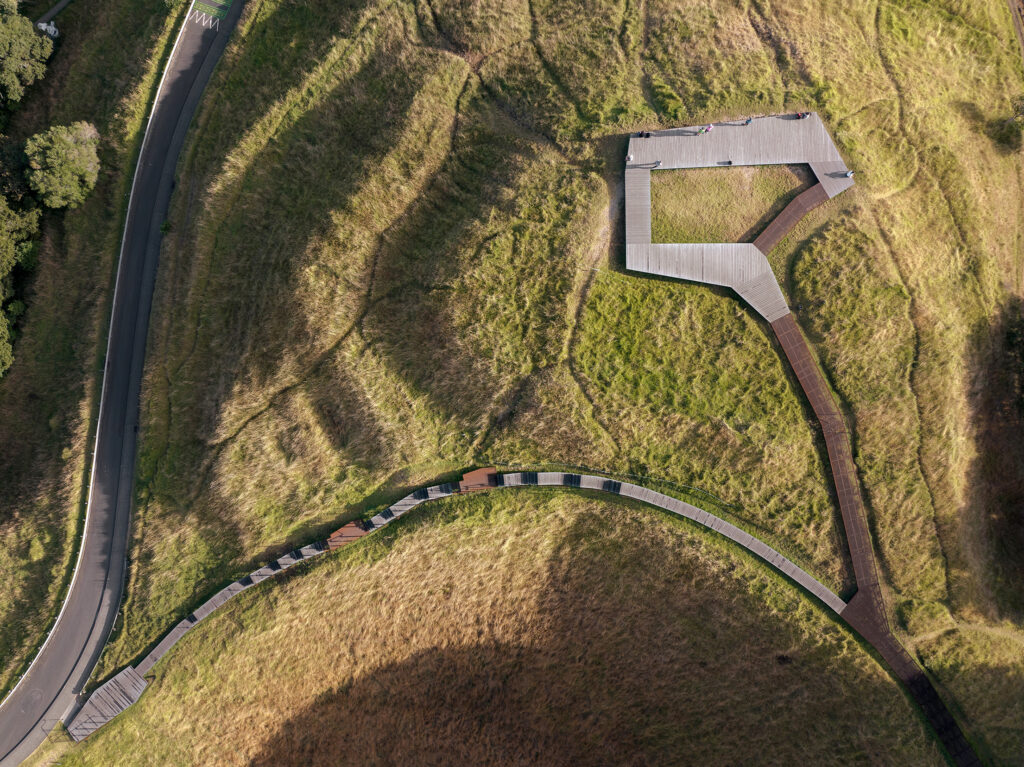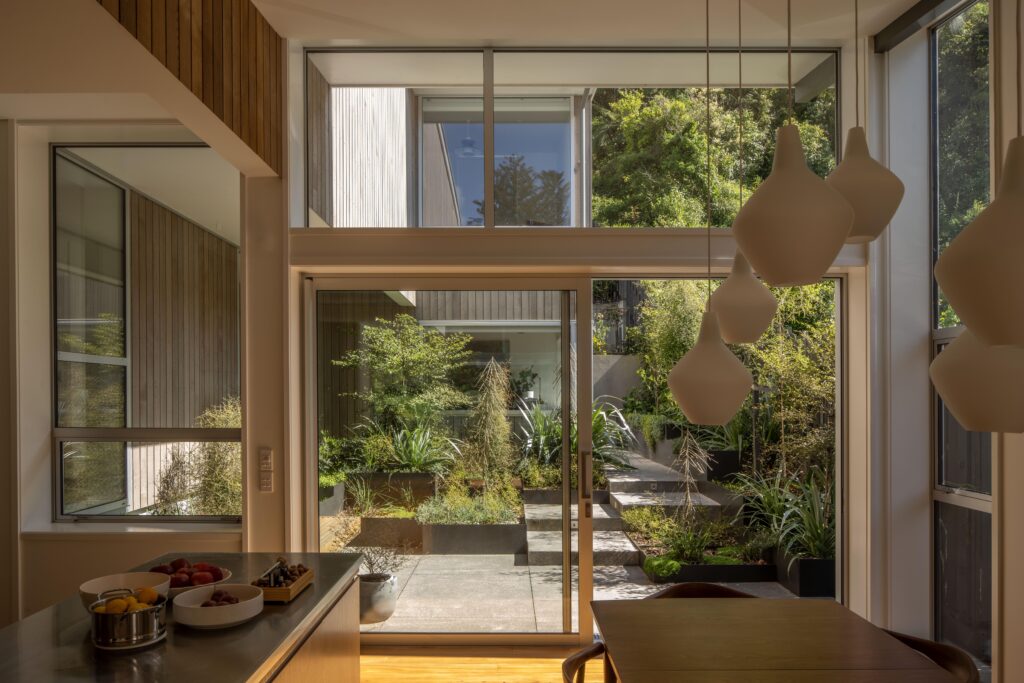A project born from the 2016 Kaikoura earthquakes, one of Auckland’s new public downtown spaces and a south Auckland stream regeneration were named the supreme winners at the 2022 Resene New Zealand Institute of Landscape Architecture Awards last night.

The George Malcolm Supreme Award, which recognises the most outstanding achievement in landscape design, went to Isthmus Group for Te Wānanga – the new waterfront civic space extending over Tāmaki Makaurau’s tidal harbour edge.
The Charlie Challenger Supreme Award, which recognises the most outstanding achievement in landscape planning, was presented to Resilio Studio for Te Whakaoranga o Te Puhinui: Te Rautaki, Te Puhinui Regeneration Strategy which the award judges said was an outstanding example of processes around stream restoration, within a wide cultural and natural setting.
Te Karanga o te Tui Supreme Award is recognition of the most outstanding achievement in demonstration of the Te Aranga principles and was given to the Kaikōura Earthquake Response: Kaikōura transport corridor and landscape by the North Canterbury Transport Infrastructure Recovery team which the judges said was a transformative project at a scale not often provided for landscape intervention.

Thirty six other awards were presented, recognising the scope and diversity of the profession in New Zealand.
In the Parks, Open Spaces and Recreation Category, He Puna Taimoana Hot Pools by Glasson Huxtable Landscape Architects was awarded an Excellence, a project of which the judges said: He Puna Taimoana Hot Pools have created a comfortable local vibe with a strong sense of community pride. This pool development offers a human habitat for relaxation and recovery. The view seen by users lined up in the top pool, gazing out at the Pacific Ocean beyond, offers an exciting new experience of place. There is a subtle use of cultural motifs to enhance the built form and fences. The pool spaces are sheltered in the challenging coastal context just metres from the ocean and squeezed between the road and the beach. With excellent use of levels, the site builds up a topography which creates a relationship with the coastal edge.

The Maungawhau Tihi Boardwalk by Isthmus was named a category winner. The boardwalk, which sits high above Tāmaki Makaurau, exhibits restraint in design which ensures that the values of the maunga it sits on and the protection of wahi tapū have been given priority, the judges said.

In the Residential and Gardens Category, Baxter Design Group received an excellence for its Millbrook Residential Garden of which the judges said: Elegant, graceful and in keeping with local environs and the wider context, the Millbrook Residential Garden integrates the dwelling into the surrounding landscape. The vernacular language of the stone walls and clipped planting resonates with the regional rural landscape. While clearly drawing on precedents of European formal gardens, the garden responds to the sense of place with its materials and indigenous plants. A wide range of vistas and microclimates are enjoyed in different ways. The strongly formal spaces and tightly manicured hedges provide a setting which enhances and amplifies the unexpected powerfully. The enormous boulders provide a direct relationship to surrounding mountain tops and appear to have been selected and placed in direct dialogue.

The winner of the Residential and Gardens Category was Te Whare Māra by local landscape architecture collective, an innovative landscape treatment for the courtyard of a Wellington home.
“Te Whare Māra is a superb small garden with a variety of spatial experiences which flow from one to the next, creating overall calmness. Its rich plant palette is an evocative mix of indigenous and exotic species and appropriate hard materials have all been well considered and selected for low maintenance. The depth of the relationship between the residents and their garden is clear. Te Whare Māra blurs the lines between architecture and landscape, with the inside and outside of the home becoming one. There is an ongoing and evolving exchange taking place, a landscape that is at once beautiful and lived in. It is clearly actively used by the occupants and the designer’s care and attention to detail is evident throughout. Te Whare Māra exemplifies a type of residential landscape architecture which is based on beauty and sustainability and provides spaces that are productive, meaningful and a joy to inhabit within a compact and topographically challenging urban footprint,” the judges said.
“The NZILA Awards programme is about celebrating the creativity, technical capability and diversity of skills that landscape architects provide as integrators of landscape, people and place in Aotearoa,” Tuia Pito Ora New Zealand Institute of Landscape Architects President Henry Crothers says.




